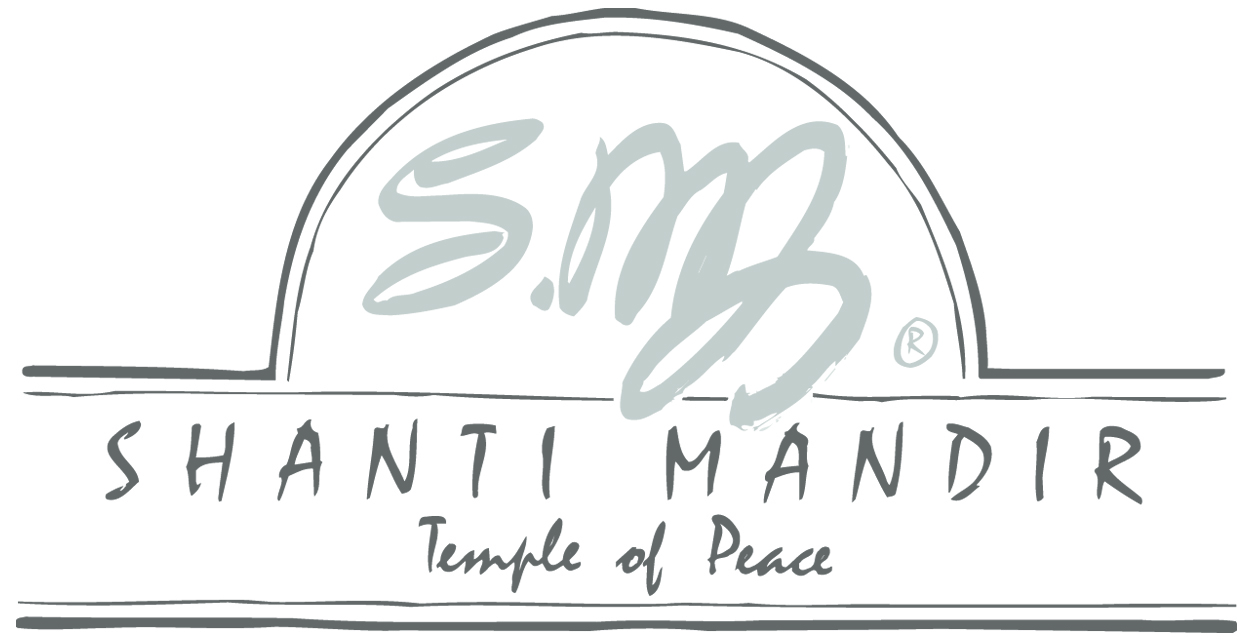Indian classical music has repeating rhythm-patterns called taal.
The term theka is used by drummers for the bol pattern of the taal.
The structure of taal breaks down into the number of beats, the grouping of those beats, and which beats are accented or unaccented.
The most important beat is the first beat; ‘the 1’, which is called the sam (pronounced ‘sum’). The sam is like the main point of orientation for drummers, it provides a kind of ‘restart point’ for musicians when playing together.
It is not essential to have a full understanding of the structure of taal to get started, simply listen, clap, speak and play along with the videos to practice and learn.
The Contents of this page are listed below, so you can choose to just scroll down the page, or click on one of the links to go directly to the selected section.
GO TO NOTATION OF TAAL & THEKA
GO TO KAHERWA TAAL
GO TO BHAJANI TAAL
THE NOTATION OF TAAL & THEKA
Taal can be notated in table form to show the basic structure of beats.
The taal needed to play in Shanti Mandir chants are outlined below with a table to show the simplest notation of the taal.
Most Shanti Mandir chants use 8-beat taal and theka, ie they use 8-beat rhythm structure and bol pattern. Play the video listening for the sam. Speak and play along to practice and learn.
KAHERWA TAAL
Dha Ge Na Tin I Na Ge Dhin Na
BHAJANI TAAL
Dhin NaDhin ~Dhin Na I Tin NaTin ~Tin Na
~ denotes a ‘rest’ or un-played beat, in the case of Bhajani, a half beat.
The video demonstrates Bhajani played at slow, medium and fast speeds as well as some embellishments or variations to the basic theka that can be used in Shanti Mandir chants. Listen, speak and play along to learn.


